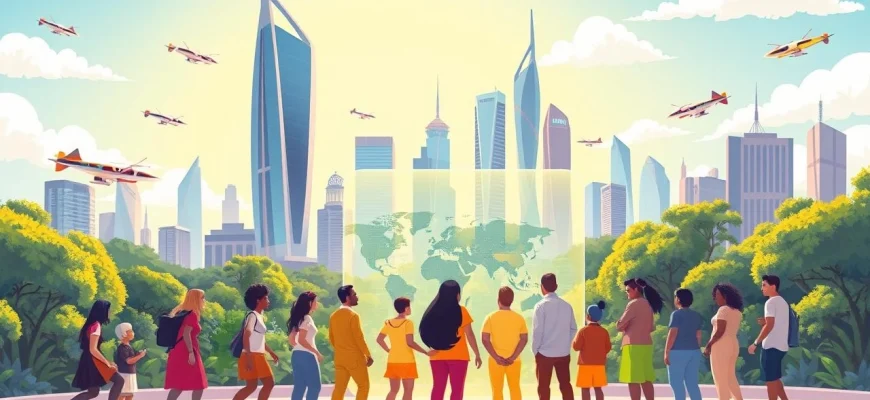If you loved the futuristic adventure and optimistic spirit of 'Tomorrowland' (2015), you're in for a treat! This article explores 10 movies and TV shows that share similar themes of innovation, wonder, and the pursuit of a better future. Whether you're drawn to its sci-fi elements, family-friendly storytelling, or imaginative world-building, these recommendations will keep your sense of adventure alive. Dive in and discover your next favorite watch!

The Fifth Element (1997)
Description: The Fifth Element, like Tomorrowland, presents a vibrant, stylized vision of the future filled with wonder and adventure. Both films balance action with humor and feature protagonists who must save the world through their courage and ingenuity. The production design in both films creates unique, memorable futuristic worlds.
Fact: The Fifth Element was directed by Luc Besson and was inspired by French comics. Milla Jovovich had to learn an alien language created for the film. The film's costumes were designed by Jean-Paul Gaultier.
 Watch Now
Watch Now 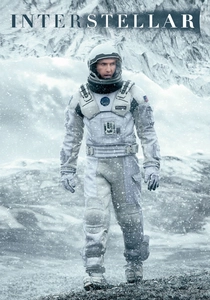
Interstellar (2014)
Description: Similar to Tomorrowland, Interstellar explores themes of hope, exploration, and the future of humanity. Both films feature a blend of science fiction and adventure, with a strong emphasis on human ingenuity and the power of dreams. The visual aesthetics of both films are stunning, with Interstellar's space visuals and Tomorrowland's futuristic cityscapes.
Fact: Interstellar was directed by Christopher Nolan, known for his complex storytelling and visual style. The film's black hole, Gargantua, was rendered with unprecedented accuracy based on equations provided by physicist Kip Thorne. Matthew McConaughey's emotional performance was largely improvised during the scene where he watches messages from his children.
 Watch Now
Watch Now 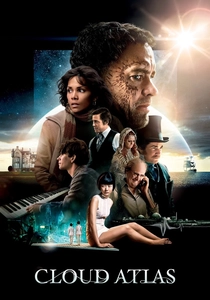
Cloud Atlas (2012)
Description: Cloud Atlas, like Tomorrowland, is an ambitious film that spans multiple timelines and explores interconnected human stories. Both films share themes of hope, destiny, and the power of individual actions to shape the future. The visual style of both films is lush and imaginative, creating distinct worlds for their stories.
Fact: Cloud Atlas was directed by the Wachowskis and Tom Tykwer. The film features the same actors playing multiple roles across different timelines. It was one of the most expensive independent films ever made at the time.
 Watch Now
Watch Now 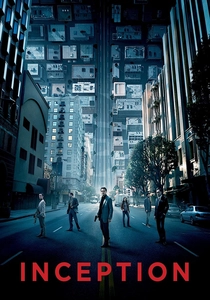
Inception (2010)
Description: Inception shares with Tomorrowland a sense of wonder and exploration of impossible worlds. Both films feature protagonists who challenge the boundaries of reality, with Inception's dream worlds paralleling Tomorrowland's futuristic vision. The films also share a similar visual grandeur and complex storytelling.
Fact: Inception was directed by Christopher Nolan and took nearly 10 years to develop. The rotating hallway fight scene was achieved with practical effects, not CGI. The film's ambiguous ending has sparked endless debate among fans.
 Watch Now
Watch Now 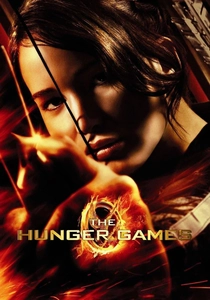
The Hunger Games (2012)
Description: While darker in tone, The Hunger Games shares with Tomorrowland a focus on young protagonists challenging a flawed system to create a better future. Both films explore themes of societal division and the power of youth to enact change. The futuristic settings in both films serve as commentary on contemporary issues.
Fact: The Hunger Games was directed by Gary Ross, based on the bestselling novel. Jennifer Lawrence became a major star following her performance as Katniss. The film's dystopian themes resonated strongly with young audiences worldwide.
 Watch Now
Watch Now 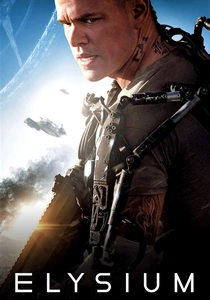
Elysium (2013)
Description: Elysium, like Tomorrowland, presents a vision of the future where society is divided between the privileged and the underclass. Both films explore themes of technological utopia and dystopia, though Elysium takes a darker approach. The visual contrast between the advanced space station and the impoverished Earth parallels Tomorrowland's hidden city versus the real world.
Fact: Elysium was directed by Neill Blomkamp, who also directed District
 Watch Now
Watch Now 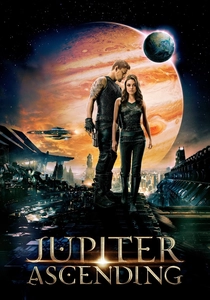
Jupiter Ascending (2015)
Description: Jupiter Ascending shares with Tomorrowland a sense of cosmic wonder and adventure. Both films feature ordinary protagonists who discover extraordinary destinies in fantastical futuristic settings. The visual effects and production design in both films create vibrant, imaginative worlds that push the boundaries of science fiction cinema.
Fact: Jupiter Ascending was written and directed by the Wachowskis. The film's release was delayed multiple times for extensive reshoots. Eddie Redmayne's unusual vocal performance as Balem became an internet meme.
 Watch Now
Watch Now 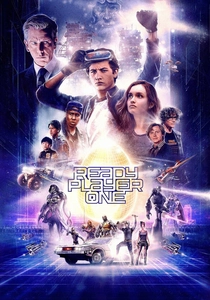
Ready Player One (2018)
Description: Ready Player One shares with Tomorrowland a celebration of imagination and the power of technology to create new worlds. Both films feature young protagonists navigating fantastical virtual/futuristic landscapes, with themes of hope and the importance of looking forward rather than dwelling on the past.
Fact: Ready Player One was directed by Steven Spielberg. The film contains over 100 pop culture references to 1980s and 1990s media. The virtual world scenes required extensive motion capture and CGI work.
 Watch Now
Watch Now 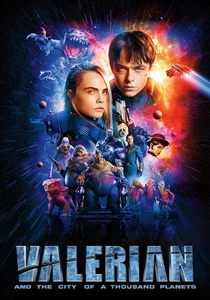
Valerian and the City of a Thousand Planets (2017)
Description: Valerian shares with Tomorrowland a colorful, optimistic vision of the future where technology enables incredible possibilities. Both films feature young protagonists on adventures through spectacular futuristic settings, with themes of discovery and the potential of human (and alien) civilization.
Fact: Valerian was directed by Luc Besson, based on a French comic series that inspired much of modern sci-fi. The film holds the record for most digital effects in a single movie (2,734). Rihanna's shape-shifting alien character required 900 visual effects shots.
 Watch Now
Watch Now 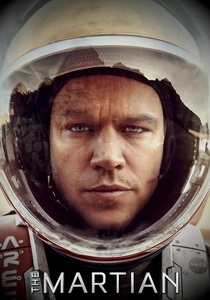
The Martian (2015)
Description: The Martian shares with Tomorrowland a focus on human resilience and optimism in the face of overwhelming odds. Both films celebrate science and intelligence as tools for solving problems, with The Martian's protagonist using his knowledge to survive on Mars, mirroring Tomorrowland's message of innovation and hope for the future.
Fact: The Martian was directed by Ridley Scott, a master of science fiction cinema. Matt Damon spent much of the film alone on screen, requiring him to carry large portions of the movie by himself. NASA consulted on the film to ensure scientific accuracy, and later used it as a recruitment tool.
 Watch Now
Watch Now 
